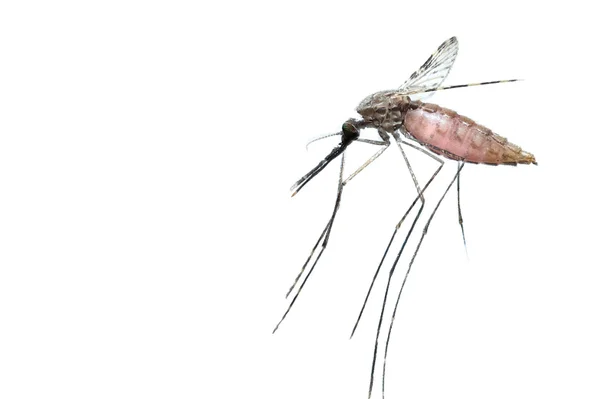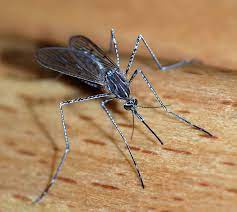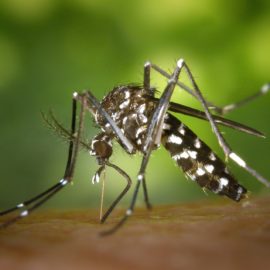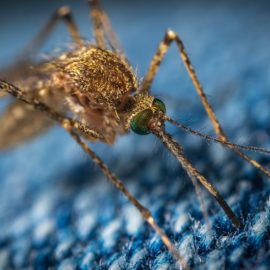
It is summer and time for mosquitos. Some mosquitos bring the West Nile Disease. This is how to protect yourselves.
When temperatures begin soaring in late May and early June, a mosquito population explosion inevitably follows. But the blood-sucking insects aren’t just a seasonal annoyance, they can carry West Nile virus and spread it to people. The first infected mosquitoes were detected in St. Tammany Parish three weeks ago, according to Kevin Caillouet, director of the St. Tammany Parish Mosquito Abatement District. Out of 1,661 pools of mosquitoes — groups of about 100 mosquitoes that are collected in traps around the parish — a total of nine had tested positive for the virus as of two weeks ago. Another eight tested positive Friday. In Orleans Parish, a single pool showed infected mosquitoes last week, according to Claudia Riegel of the Mosquito, Termite and Rodent Control Board. Jefferson Parish has not had any positive tests so far this year, a parish spokesperson said.
nola.com
So far, no one has gotten the virus but the mosquitos ate on time so the disease will follow.
No human cases have been reported in the state this year, but the infected mosquitoes are showing up right on schedule, Caillouet said. A combination of factors are involved: mosquitoes start breeding in large number right around the time that birds, which carry the virus, are nesting, and the fledglings have less resistance to the virus. Mosquitoes become infected when they bite birds that carry the virus. But before the mosquitoes transmit the disease, the virus must reach the insects’ salivary glands. That takes longer in cooler weather, and might not happen within the insect’s life span, Caillouet said. But when the weather warms up, the incubation period is shorter.
The mosquitos seem to always come to the same area.
In St. Tammany, the first infected mosquitoes almost always show up in the same area, Caillouet said, a neighborhood south of Covington that has a high concentration of on-site wastewater treatment systems rather than a centralized sewerage system. But as of Friday, the infected mosquito pools were from across the parish, he said. The Southern house mosquito, the main species in Louisiana that carries West Nile, prefers to breed in water with a lot of organic material. Roadside ditches like those in large parts of unincorporated St. Tammany Parish that lack centralized sewage systems, fill the bill. In New Orleans, the same species makes nurseries out of containers around people’s homes that fill up with water, from pet bowls to flower pots — “anything that holds water,” Riegel said. Besides surveillance efforts, which Riegel describes as an alarm system, mosquito control agencies aggressively treat areas to kill larvae and adult mosquitoes. So far, Riegel said, this year has been pretty quiet with Orleans Parish on the low end, but previous years, like 2012 and 2018, were very active. “This is just the beginning,” Caillouet said. “High risk for people is late July through the middle of August.”
Most people who get bitten and get the virus have little if any symptoms.
Most people who contract West Nile virus experience no symptoms, according to the Centers for Disease Control, while one in five may have symptoms like fever, aches, joint pain, headache and vomiting, diarrhea or rash. But about one in 150 can develop severe illness affecting the central nervous system. Caillouet and Riegel urged people to be aware that it’s mosquito season and to use repellent containing DEET, Picaridin or lemon eucalyptus. In St. Tammany, Caillouet urged homeowners to maintain their septic systems, making sure that their aerators are on and treating the water, and they should be pumped out every three to five years. Riegel said people should take about 10 minutes once a week to dump out all the containers around their homes. “It’s hot, we’re all busy, everyone is working, but just take those few minutes,” she said.
A three to four week period and make sure you have no standing water. Simple to avoid!



